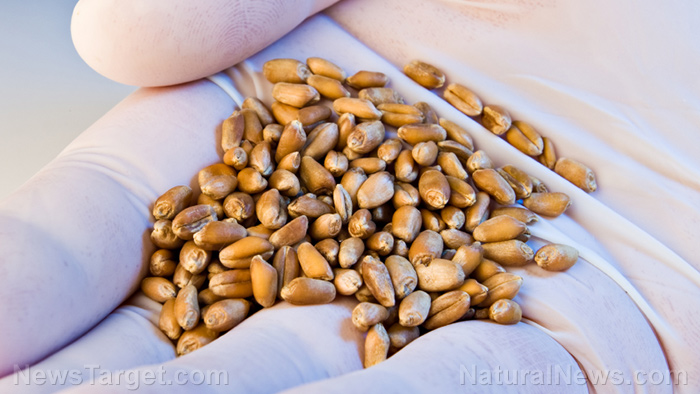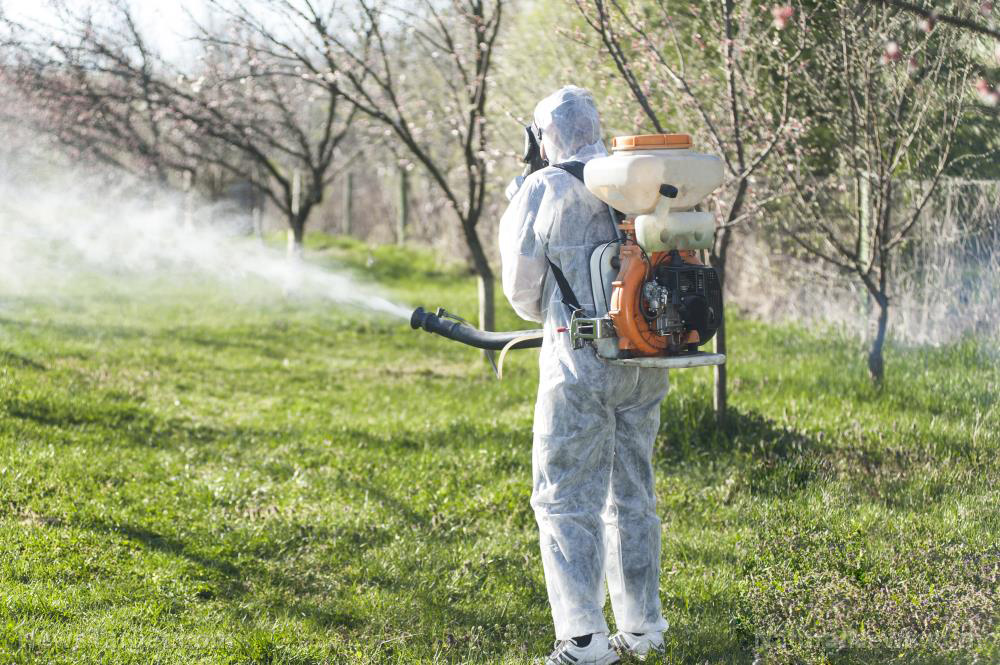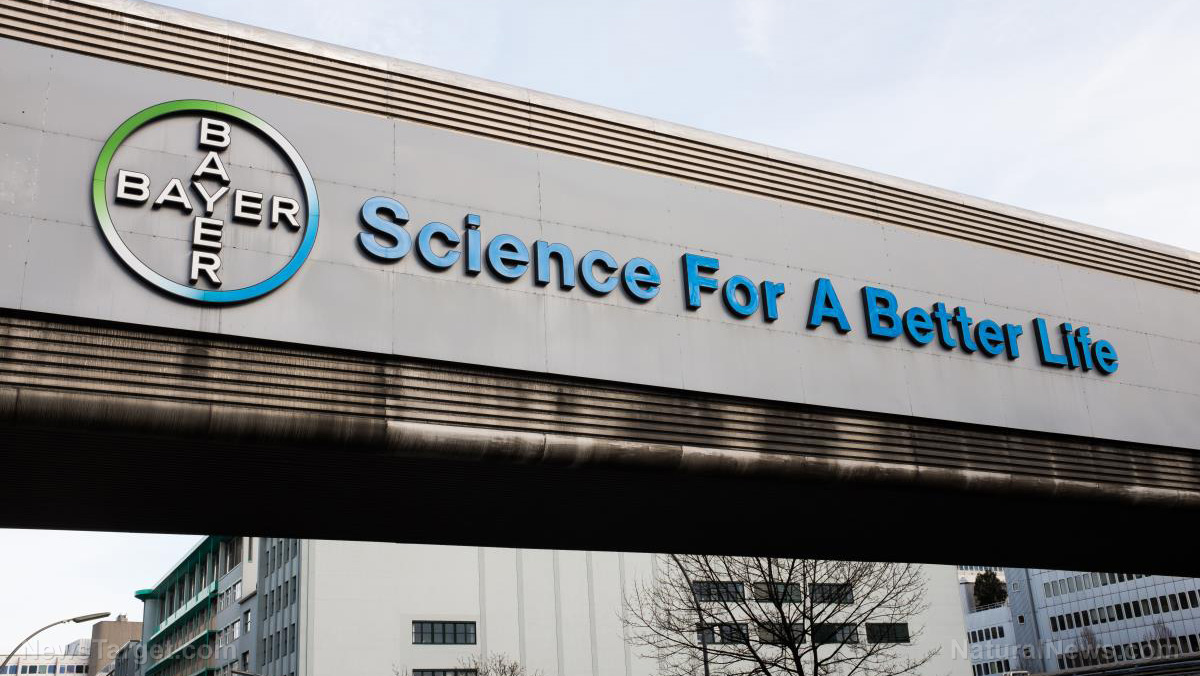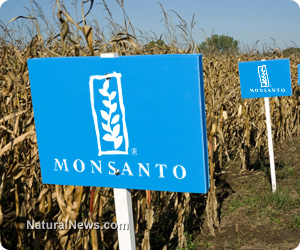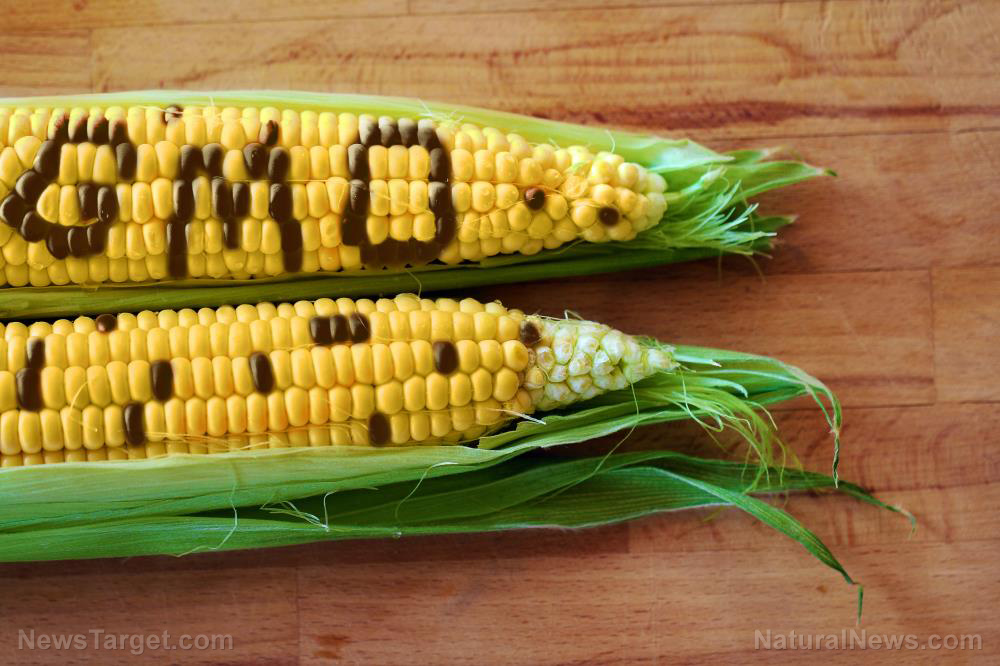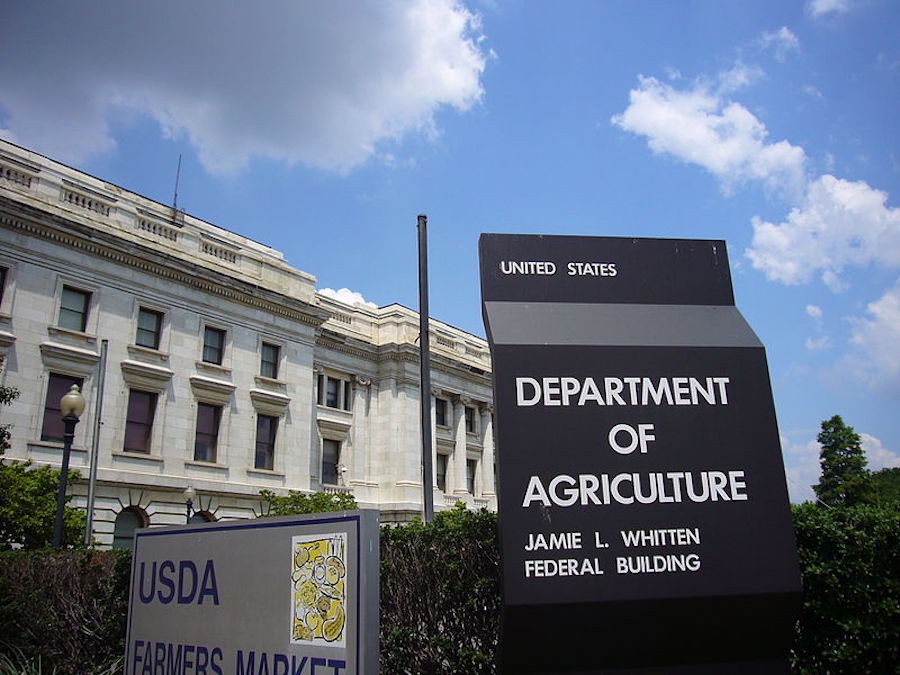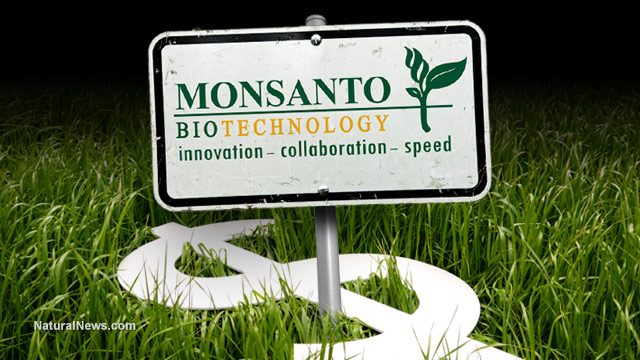Monsanto’s latest marketing ploy: Labeling GMOs as “biofortified”
01/20/2018 / By Isabelle Z.

GMOs have been getting a bad name for quite some time now, and it’s hardly surprising given the near-constant stream of evidence showing the harms caused by genetically engineered crops and the pesticides used on them. As people increasingly make an effort to avoid buying these products, Monsanto has come up with a new idea to trick people into forking over their hard-earned money for its health-destroying products.
The Waking Times reports that Monsanto is trying to manipulate the definitions used on food labels in such a way that GMOs could be labeled as “biofortified foods.”
Codex Alimentarius is a collection of codes and guidelines created by the U.N. Food and Agriculture Organization to standardize world food trade and its production and safety. Codex was mulling a proposal to allow a company to use the term “biofortified” on vegetables that use conventional cross-breeding to increase the content of certain nutrients to help give malnourished populations a nutrition boost.
Monsanto sensed an opportunity here and set out to exploit it. They used their influence to try to convince delegates to have the definition of “biofortified” broadened to include foods that have been genetically modified. The National Health Federation (NHF), which is the only natural health advocate with a seat at Codex, reports that many of the delegates saw right through Monsanto’s attempt to pull the wool over consumers’ eyes, and the move was even denounced during the meeting. Nevertheless, the topic will be debated when the group convenes in Berlin this November under a new chairperson.
NHF President Scott Tips said: “It is a very sad state of affairs where we have come to the point where we must manipulate our natural foods to provide better nutrition all because we have engaged in very poor agricultural practices that have seen a 50% decline in the vitamins and minerals in our foods over the last 50 years. We will not remedy poor nutrition by engaging in deceptive marketing practices and sleight of hand with this definition.”
Monsanto wants to trick people into buying GMO foods
It’s easy to see why Monsanto would be so eager to use this term. The term “bio” is used to denote organic foods in many European countries, and consumers who look out for the “bio” label at the grocery store could easily confuse “biofortified” foods as being the complete opposite of what they truly are and end up buying the very thing they were trying to avoid in the first place. Indeed, the EU has raised an objection on the grounds that the term would confuse Europeans, and several EU counties have been vocal in supporting a more restrictive use of the term.
Even in the U.S., where the term “organic” is used instead, many people would construe this label as something positive, especially given its implication that a food has additional nutrients.
Creative labeling nothing new when it comes to unhealthy food
If Monsanto is successful, it will hardly be the first time that something undesirable masqueraded as something far more appealing. For example, consider the term “biosolids,” which are used to grow non-organic crops. On the surface, it sounds like something relatively innocuous, but it’s actually a euphemism for “human sewage sludge” – a nicer way of saying that the food is grown with feces and other disgusting things we flush down the toilet.
Then there are the sneaky ways of hiding sugar on food labels by calling it names like evaporated cane juice, organic brown rice syrup, barley malt, or dried oat syrup.
Decoding food labels already requires a sharp eye and extensive knowledge of the deceptive marketing tactics used by food companies, and a move like this will only muddy the waters even further. We can only hope the objections from the EU and others will be successful in preventing this from going any further. Even if their attempt fails, however, it’s clear that Monsanto has no intention to stop trying to trick consumers using every means possible.
Find more news on Monsanto at Monsanto.news.
Sources include:
Tagged Under: bio foods, biofortified, Codex, deception, food marketing, food safety, food science, food supply, GMO labeling, GMOs, ingredients, Labeling, Monsanto, NHF, organic foods, organics
RECENT NEWS & ARTICLES
COPYRIGHT © 2017 MONSANTO MAFIA

